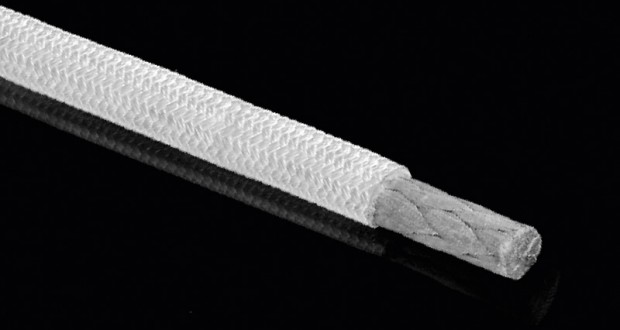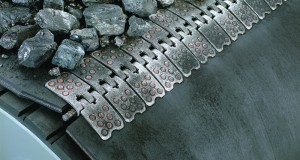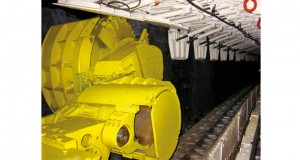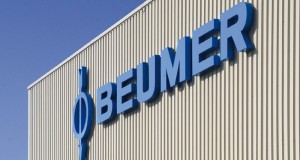While fibre ropes have been used as far back as ancient Egyptian times, it was not until the industrialisation of the 19th century that steel ropes first became key to a wide variety of applications. Thanks to its array of important properties such as high stability and breaking force, abrasion and heat resistance, as well as a long service life, the steel rope rightly superseded its fibre predecessor, which was virtually unchanged for centuries, since the popular natural fibres up to that point such as flax, hemp, coconut and sisal quickly reached their limits. The greater weight, more complicated handling, increased risk of injury, and the solid, heavy components required just to get the steel (wire) rope in operation were simply accepted. The larger the steel rope, the more difficult and time-consuming it became to replace at the end of its service life.
However, there has been a noticeable turnaround since the new millennium. The development of extremely efficient, high-strength artificial fibres and the demand for lighter, safer, more durable, resilient products that are also quick and easy to replace, led to the emergence of a generation of high-performance fibre ropes that are now established in a variety of industrial applications. Ropes made from HMPE (high-molecular polyethylene) or aramid fibres, like those developed by the Austrian company TEUFELBERGER, are now no less inferior to steel rope in terms of abrasion resistance – but at approximately 1/7 of the weight with the same diameter and identical or even greater resistance to breakage. The benefits of high-strength fibre ropes compared to steel ropes include simpler handling, a long service life and – especially at large rope diameters – extremely quick replacement in the event of damage. The experts at TEUFELBERGER have decades of experience in both fibre and steel ropes, which means they understand exactly how to combine the best properties of both worlds.
Years of experience in the forestry sector, for instance, has shown that a covered (e.g. with an HMPE mantle) high-strength fibre rope such as the STATOS Winch Pro has substantially higher abrasion resistance than a comparable open braid. When compared with a steel rope at a considerably lower weight, a fibre rope of this kind also has better and faster handling, as well as a longer service life due to significantly greater bending fatigue rigidity. Rope diameters of up to 150 mm with a breaking force of 1,600 t, with or without a protective mantle, are state of the art. All conventional terminations used to establish a reliable frictional connection between a steel rope and machine can also be used with a fibre rope: Splice with or without thimble, socketing and open socket.
Especially in the mining industry, a longer service life and substantially reduced downtimes thanks to quicker repairs rationalise the use of fibre ropes – whether in underground or surface mining. Fibre ropes can be used as tow ropes, safety slings or even traction and hauling ropes on draglines or bucket wheel excavators. E. g. replacing a steel “dump rope” on a dragline takes six people approximately 16 hours, whereas replacing a fibre rope identical in size takes two people less than three hours.
Multilayer winding on drums is always associated with considerable losses in service life related to the steel ropes’ continuous bending fatigue strength. Scientific research has found that service life losses total up to 90%. Since a rope wound in multiple layers is self supporting, the outer wire strands are quickly irreversibly damaged by local compression. The benefits of fibre ropes with protective mantles come to bear particularly in multilayer winding on haulage drums with highly variable load conditions. Despite the initial investment being greater, this soon yields positive results after a short period thanks to the aforementioned benefits.
Evidence shows that the replacement state of high-strength fibre ropes designed with a kernmantle structure can be predicted reliably from the exterior. This means that the rope can be replaced in due time before breakage. The advantage of a kernmantle design is that the core of the rope (kern) reliably indicates the replacement state before the supporting structures do and before the rope breaking load is unduly reduced. Even at the end of the rope’s service life, it still retains virtually all of its breaking force, eliminating any danger to humans or machinery during operation.
How efficient are modern fibres?
Under the brand name Dyneema®, DSM Dyneema (www.dyneema.com) sells high-performance fibres made of ultra-high-molecular-weight polyethylene (UHMWPE). These fibres meet the most rigorous requirements for consistent, repeatedly accurate quality and reliability. Moreover, DSM Dyneema has developed numerous patented fibre technologies that address industrial demands for greater resistance to continuous and alternating mechanical stress, including abrasion, bending, tension and torsion. Dyneema® fibres have been registering growing success in offshore, marine, lifting, forestry and mining applications.
Further information/Weitere Informationen:
Teufelberger Fiber Rope GmbH
www.teufelberger.com



